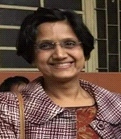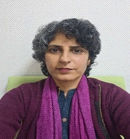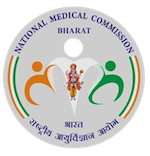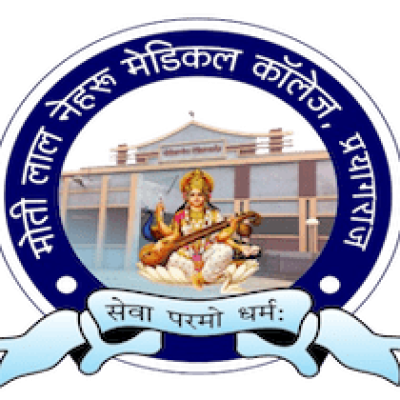Medical Education a journey
Medical Colleges have been an epitome of medical education. MBBS (Bachelor of Medicine and Bachelor of Surgery) originally coined from the Latin Medicinae Baccalaureus Baccalaureus Chirurgiae. Historically, the first medical college in India was established in Calcutta in 1835 followed by medical school in Madras and Bombay. In 1956 MBBS degree in Medicine was established by the Indian Medical Council. There is an 82% surge in the number of medical colleges rising from 387 before 2014 to 706 in 2023 as per current National Medical Commission data, with 1,09,095 MBBS seats as of now. This number is increasing with the establishment of new medical colleges across India bridging the doctor population ratio so as to provide better health services to common man. The course of Speciality and Super specialties including MD/MS, DIPLOMA, DM, MCH, PhD etc. are also increasing in large numbers.
There has been a change in the curriculum from 1997 to 2019 when Competency Based Medical Education (CBME) was introduced. It has various new components like Foundation Course, Early Clinical EXposure, Alignment Integration and Aligned and Integrated Topics (AITO), Family Adoption Program, Self-Directed Learning, Simulation Based training, Pandemic Module, Electives, District Residency Program, Logbook Certification, Student Feedback and Mentor-Mentee program.
These are being implemented by empowering faculty through Faculty development program which includes Medical Education Training (MET), Revised Basic Course Workshops (rBCW) with emphasis on AETCOM, Basic Course in Medical Education (BCME), Curriculum implementation support program (CISP), Advanced Course in medical education (ACME), Foundation for advancement of international medical education and research (FAIMER), Masters in Health Professional education (MHPE) etc.
This is a humungous task with the introduction of Objectively Structured Clinical examination (OSCE), Problem Based Learning (PBL), Case Base Discussion (CBD), Demonstrate observe assist perform (DOAP), Formative assessments, Learner doctor method of clinical training. The tech savvy students of this generation with is to implement Interactive Small Group Discussion, Active Learning, Log book -certifications and more of Practical training.
Enhancement of Infrastructure and Faculty commitments are the challenges that need immediate attention.
NMC Inspections historically meant Infrastructure and Manpower but now emphasis has shifted to Teaching, Learning, Clinical Training, Assessment and Research along with the age-old criteria.
Quality Council Of India would monitor each college on the aspects like implementation of competency based curriculum, collaboration with national and international institutions, exchange programs for students and faculty, partnerships for research projects, skill laboratory based hands on experience and mandatory clinical postings, research papers published in indexed journals, number of citations, number and type of funded research projects completed/ongoing in College, number of patent filed/granted, number of Faculty sta£ in PG Programs recognized for PG Guides etc. for accreditation and ranking of colleges.
The National Medical Commission (NMC) of India has been awarded the World Federation for Medical Education (WFME) Recognition status for a tenure of 10 years. It underscores that the quality of medical education in India adheres to global standards and empowers our students with the opportunity to pursue their careers anywhere in the world
With Mushrooming of Medical colleges and relaxation of norms, are we heading towards building of Health Industry where we can export doctors as similar happened with software engineers or are we prepared to build the nation of our dreams?

Dr. Anubha Srivastav
Professor Medicine

Dr. Kavita Chawla
Professor Physiology




